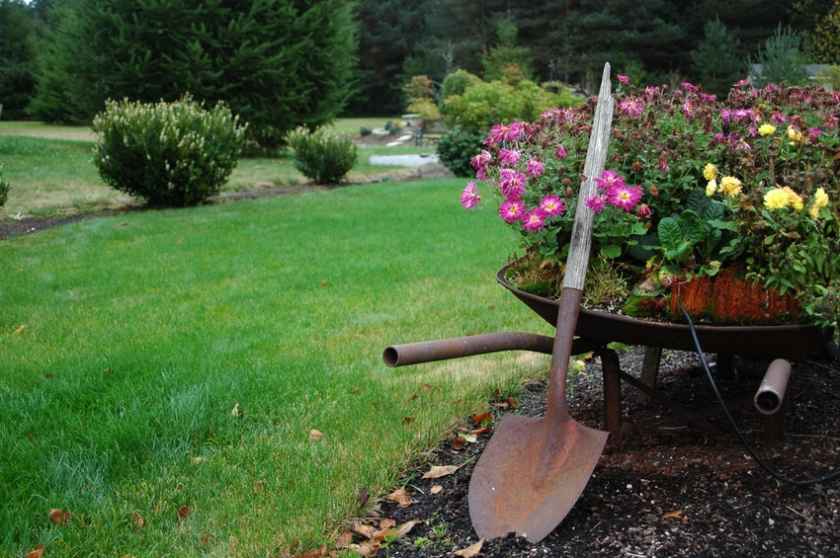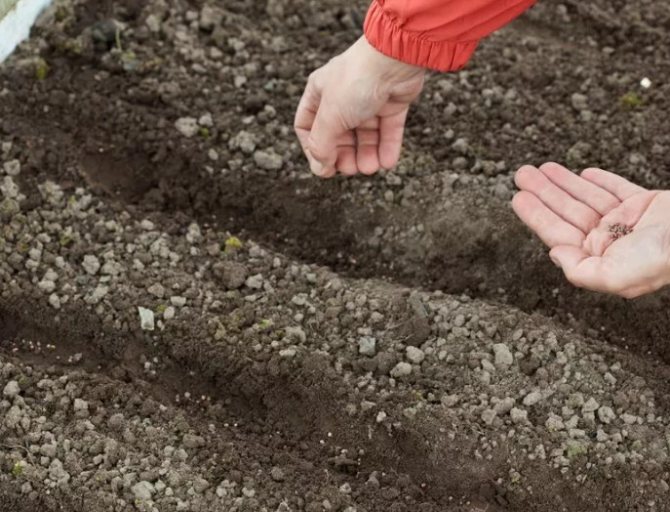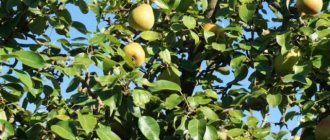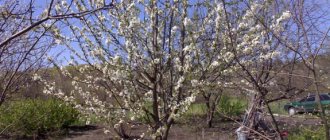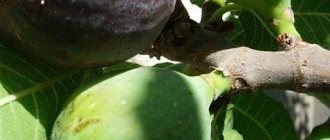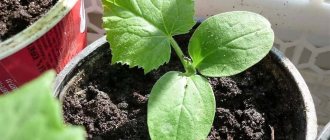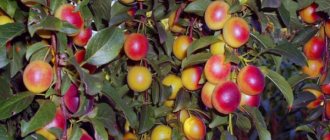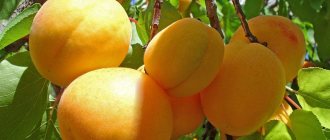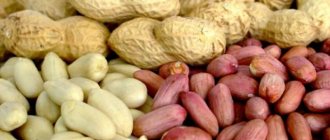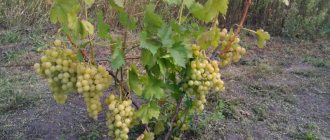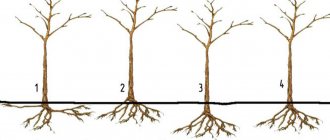Hello dear friends!
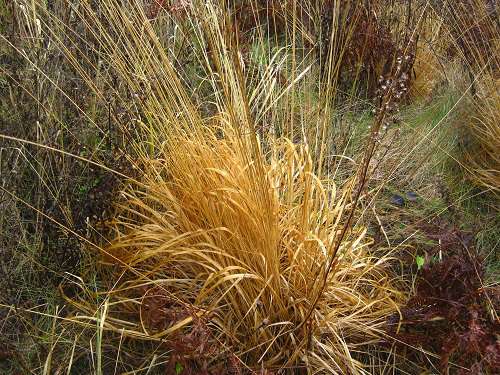
Now November has come - the last month of autumn. It is also called "the twilight of the year", because the day has become very short, the sun is shown much less often. At the dacha in November
it became uncomfortable, gray, depressing, the former bright colors are gone and more and more black and white tones are in front of us.
November is perhaps the most difficult month. Firstly, it is in this month that we part with very pleasant worries about our beloved garden.
Secondly, the first snowflakes are already flying outside the walls of our cozy city apartments, which can suddenly turn into a real blizzard, and then it turns out that this is just a momentary whim of nature. And again the rain begins and the dank wind begins, everything is gray and dull.
This is how he is, our November with many guises: this is a quiet Beauty Autumn with golden threads in a light brown braid and a dank Autumn-old woman, or maybe a leisurely Winter, whose snow-white dress can not only dazzle, but also warm, cover, calm.
And sometimes it is even impossible for us to understand who he really is: the last month of autumn or the first month of winter?
And yet, let's gather our strength and make our last efforts, since at the dacha in November
there are also important things to do. We must try to leave the site for the winter in perfect order, tidied up and protected from all sorts of accidents.
And then you can start the season of rest from summer cottage work, gain strength, study the novelties of the seed market and agricultural techniques for caring for plants. What should be done now? Let's talk about this.
First of all, we urgently complete all the work that, for whatever reason, could not be done in September and October. The main concern of November is the general cleaning of our beloved garden and the final preparation for winter (shelter of perennials that have not yet had time to cover; carrying out winter crops; final digging of the soil under the chill).
Compost, food and soil
October is the ideal time to work with the ground, because it is more or less warm, and you won't have to work in the mud either, so take the time to work with it.
The compost should be sorted out, weed out the half that is not rotten enough for further composting. And the rest can be completely used in the beds or in flower beds.
For the winter, the compost pit should be covered with a thick foil.
Leaves can be used as fertilizer in the future and to protect your plants in the present.
Cheap, count free, but far from angry, because the tool is universal and extremely useful.
Judge for yourself - the most important life processes take place in them: evaporation, nutrition and photosynthesis.
Do you know what else leaves are useful for, and in fact, how is this "molting" useful for the plants themselves?
- leaves evaporate moisture perfectly;
- by shedding foliage, trees and shrubs save themselves from injuries caused by heavy snow in winter.
It is worth noting that tropical plants also have a "molt" season, but it lasts much longer and depends exclusively on fluctuations in humidity.
In the garden
We will deal with resettlement
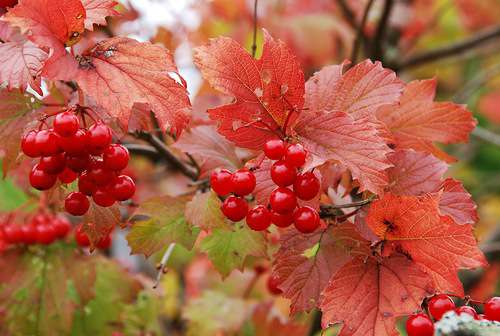

In November, you can also start moving to your site such medicinal forest shrubs and trees as: viburnum, mountain ash, hawthorn.
These types of plants are very winter-hardy, and not only brought from the forest, but also acquired cultivars. And therefore, they can be safely planted even in November.
We plant the seedlings in pits with a diameter and depth of 40 cm, after adding fertilizer there, we water and be sure to mulch the near-stem circle.
Harvesting cuttings
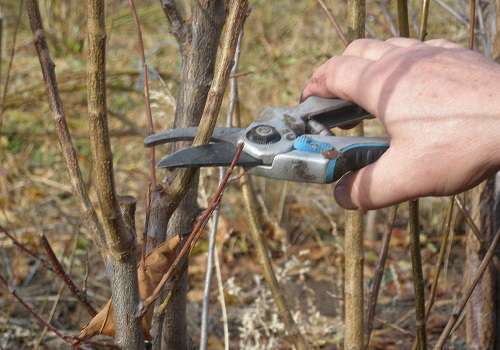

Do not forget to prepare cuttings for spring grafting before the frost hits. Indeed, it was in November that the cuttings were sufficiently lignified and partially hardened.
Shoots for cuttings (annual growths of the last year) are cut in mild frosty weather and immediately put away for storage. We take branches for cutting cuttings for grafting only from healthy varietal trees that bear fruit well.
Buds develop and mature best on those branches that are located on the southern side of the crown and grow freely, not shaded by other branches.
Then we tie the prepared cuttings into bundles and tie labels to them. We store the cuttings in the basement at a temperature of 3-5 ° C, placing them vertically in moderately wet sand or sawdust, which we constantly keep moist.
If you don't have a basement, you can store a small amount of cuttings in the refrigerator. To do this, wrap them in a damp cloth, then wrap them with paper, and then with plastic wrap. The fabric should be moisturized periodically.
But the cuttings are best preserved if they are buried in the snow in the place of your site where the snow does not melt for a long time. Tied with a rope, we wrap the cuttings in a film, roofing felt (you can overlay spruce branches, to protect from mice), leaving the upper ends of the branches not closed so that the cuttings breathe.
And if the cuts are additionally treated with garden pitch, then the cuttings will be preserved even better.
Winter is not terrible for the lawn
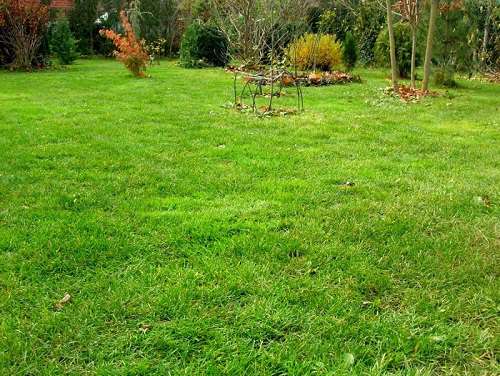

After the last mowing and aeration of the lawn, it is recommended to mulch the lawn. Mulching mixtures can be different depending on what type of soil in your summer cottage.
So if you have heavy clay soils, then we make the following mixture: sand, peat and garden soil (5: 2: 3), and if light sandy, then the mixture will be from the same composition, but in a different ratio (2: 4: 4 ).
If you could not determine exactly what kind of soil you have, then simply make a mulching mixture from equal parts of sand, peat and garden soil.
Then mix thoroughly and distribute it evenly over the lawn (2-3 kg per 1 m2). Mulching the lawn is necessary in order to fill the irregularities of the soil that have arisen over the summer and build up the fertile layer.
After that, the grass will have the opportunity to bush and form new side shoots, from which the density of the green carpet will increase.
In the second half of November, we will feed the lawn with full mineral fertilizer. When there is very little snow, the ground is already a little frozen, and there is no possibility of return heat.
The applied fertilizers will begin to enter the soil only in spring, when the snow begins to melt, and will create the most favorable starting conditions for the growth of lawn grass.
Protecting the garden from rodents
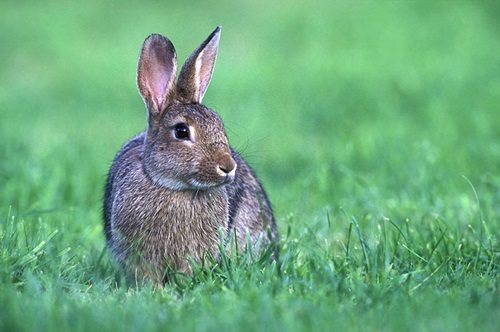

Mice and hares are a great danger to the garden in winter. And if it is still possible to escape from hares with a dense fence, then there is no way from mice. They like to hide in heaps of rubbish, straw and just anywhere in the accumulation of vegetation.
Therefore, in order to protect the garden from mice, it is necessary, first, to clear the entire garden of weeds and other debris. It will be great if our summer cottage leaves in a clean state in the winter.
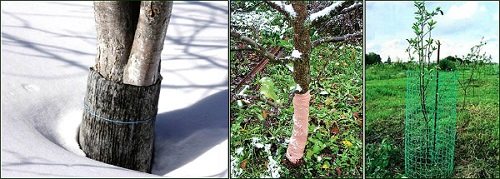

Secondly, it is necessary to tie the tree trunks with roofing material or old oilcloth, having previously wrapped them with newspapers. For tying trunks, you can also use thick fabric, old nylon stockings, tights, burlap and any non-woven material.
Try to deepen the harness into the ground, then sprinkle it with earth. Mice are especially dangerous for young trees.
Of course, the best protection against rodents is strapping the trunks with spruce branches (spruce branches), but where can you get so many of them, and it's a pity to eat. Therefore, let's better use available tools and protect the forest.
And to fight rodents, you can make traps: we take several boxes and put them upside down near the trees, and inside we put 2 tablets of the drug "Storm" against rats and mice. The boxes must be crushed with some kind of load so that they are not overturned by a strong wind.
Don't miss yet:
After the leaf fall, winter nests of pests become clearly visible - golden-tails, hawthorns, egg rings of the ringed silkworm, which we must remove and burn.
I advise you to cover the garden strawberries (strawberries) with juniper branches or ferns, as this will not only protect it from frost, but also protect it from damage by mice.
Shade the main branches and trunks of fruit trees with reeds, dry raspberries, willow twigs from the south, southeast and west sides, even if they are whitewashed. This will protect them even better from the devastating March sunburn.
In the garden
We will take care of the seedlings now


Although the summer cottage season has already ended and winter is coming soon, you will not have time to look back, and it’s time to start seedlings, because time flies so fast.
So let's take care of the seedling soil now, before the frost hits. You can, of course, just take the land from the garden, but in this way you cannot grow good seedlings.
It is best to formulate a special mixture so that it contains all the nutrients.
And although now in specialized stores there is a fairly large selection of ready-made mixtures for growing seedlings, it will be good to add these mixtures only a little to the soil we have harvested to improve its structure. To plant completely all seedlings only in purchased soil is not economical.
The most important requirements for the seedling potting mix are airiness and good moisture permeability. We can obtain such a structure of the mixture by adding the following components to the turf or garden soil: peat (only peat of brown color and homogeneous structure is suitable); coarse river or forest sand; rotten sawdust, which rotted gradually and with the addition of nitrogen fertilizers.
In the beginning, for sowing seeds, we need an earthen mixture that is less nutritious, since the seedlings first grow better in poorer soils and form more roots in search of food. Otherwise, seed germination even slows down and, moreover, there is a possibility of black leg disease.
For this period, we harvest soil that is well permeable to water, air and does not form a surface crust. For example, this: 3 parts of turf or vegetable garden, 2 parts of sawdust, 1 half-liter can of wood ash and 3 matchboxes of superphosphate.
Then, with age, the plants will need more nutrients, so the soil for picking seedlings we need a slightly different composition. Take 6 parts of sod land, 1 part of humus, 1-2 parts of river sand, 2 parts of peat (if possible), 1 teaspoon of urea, 3 matchboxes of superphosphate.
We bring the prepared mixtures into the room and store them until the required time.
"Layer cake" in the garden
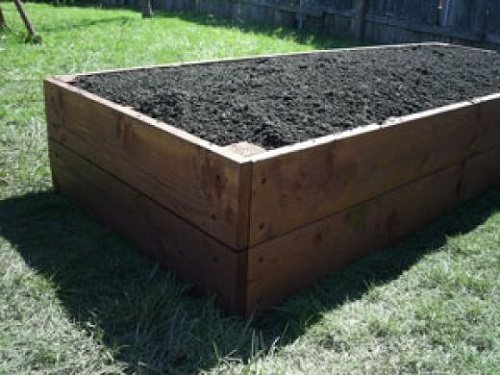

At any summer cottage, a lot of all kinds of waste accumulates during the season. But due to the fact that there is always a lot of work in the garden and the garden and there is not the slightest respite, we basically just store various stems, leaves, inflorescences and weed roots in some place.
And we don't have time to lay the classic compost heap. And now, in November, we can use this heap to make a high ridge.
First of all, we determine the place where we will do it. This should be a sufficiently lit and protected area from the wind, since next year, thermophilic crops or early vegetables will grow on this bed.
Having chosen a place, we enclose it with blocks, bricks, boards, logs, slate - in general, with what we find in our farm. After we make the fence, we proceed to the device of the ridge itself.
First we line the bottom with a thick layer of newspaper or cardboard. This is done in order, firstly, to create a boundary between the soil and the filled soil; secondly, to prevent moisture loss during irrigation and, thirdly, to create a more favorable thermal regime, since the soil temperature will be 3-5 degrees higher than in the upper soil layer.
Next, we fill in semi-decomposed plant residues from our heap (layer height about 20 cm) and moisten them for several days. This can be kitchen waste or diluted organic fertilizers.
Then put a layer (about 10 cm) of chopped straw, sawdust or dry leaves and add wood ash and ammonium nitrate (40 g per square meter) there.
From above, we cover everything with a layer of fertile soil from the garden or already matted compost and the high ridge is ready. In early spring, it will already be possible to plant the plants planned for planting on it.
We break up the pharmaceutical garden
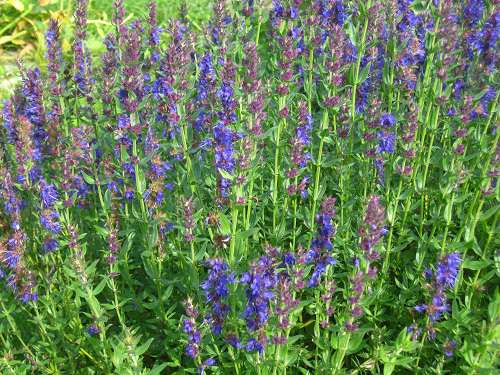

Many medicinal plants are very good to plant just before winter. This is only for their good, since the seeds will undergo the stratification necessary for germination (exposure to cold).
Towards winter, you can successfully plant chamomile, succession, valerian, St.
These plants will give friendly early shoots in the spring and you will have your own corner of medicinal plants at your summer cottage, with which you will strengthen your health.
And it is also good to sow a rooting peony (Maryin root) before winter, only seeds for sowing it should not be used fresh, but best of all a year or two years ago.
We remove garden tools for storage
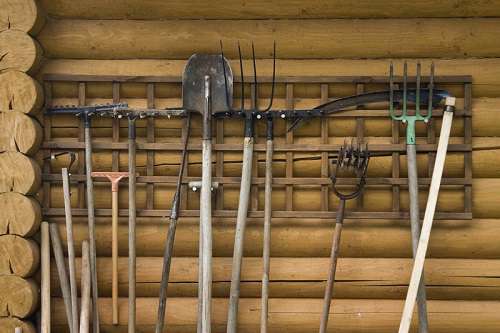

Upon completion of all garden work, we will take care of garden tools. It must be thoroughly cleaned of soil and plant debris, it can even be washed.
After drying, we lubricate the blades of shovels, hoes and metal parts of other equipment with machine oil or any other anti-corrosive substance.
The wooden parts of the instruments can be treated with an antiseptic, such as drying oil.
We will sharpen secateurs and garden saws. Then, the tool prepared in this way is stored in a dry, closed room.
Let's not forget to take care of the lawn mower. If you have an electric lawn mower, check to see if the cord is damaged. Repair or replace insulation if necessary.
If the mower is petrol, then it would be good to change the oil and air filter, and leave the gas tank as low as possible. Disassemble the working parts of the lawn mower and thoroughly clean them of adhering grass, dust and dirt. Then lubricate the cutting parts and bearings, wipe the rest with a dry cloth and reassemble everything.
It is best to store the lawnmower in a dry place. Having removed all the inventory for storage and after conducting its revision, we can decide which tool we will need to purchase in addition to the next season.
How to prepare the soil without digging
If digging is not carried out, then you need to work the ground with a flat cutter. Next, the soil is covered with straw and hay mulch, with a layer of at least 10 centimeters. Then it is rammed and leveled. At the same time, one should not think that the coating has a too thick layer, since after the snow melts, the thickness of the mulch will greatly decrease.
The coating is necessary so that during the periods of the most severe winter frosts, the necessary conditions for the growth of soil microflora remain in the soil.This will provide good protection against the spread of diseases and pests. Also, these measures guarantee high vital activity for earthworms, which will provide natural loosening of the soil, as well as the presence of nutrients.
From the moment of the onset of early spring, it will be possible to plant seeds or seedlings. To do this, it is recommended not to remove the mulch, but to rake it out a little by digging holes for crops. After digging in the seeds, it is better to put the mulch back in place. This will provide the planting with the necessary moisture, so that watering can be carried out less often.
In addition, the mulch will provide the seeds with an ideal microclimate, and will also serve as root top dressing when the decomposition process begins. Why it will be possible to reduce the cost of fertilizers.
In the flower garden
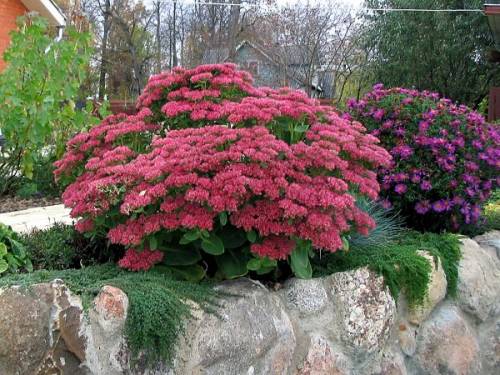

It would seem what things could be in the flower garden in November, because it is almost winter. But nevertheless, they are there, and November can still be safely attributed to the sowing season.
In the spring, at this hot time for summer residents, we almost always do not have time to plant the summer residents on time. And then, having sowed them not at the best time, we cannot wait for a long time first, and then bloom.
But you can carry out a podzimny sowing of winter-hardy annual flowers and the best time for this is November. Before winter, we plant such flowers as: blue cornflower, escholzia, nigella, dimorphoteku, annual chrysanthemums, phloxes, lupins, delphiniums, cosmea.
Some perennial flowers can also be sown in November, such as poppies. In addition to planting summer people, there is still enough work in the flower garden. So, for example, it is necessary to cut off those polycorns that have faded later than the rest.
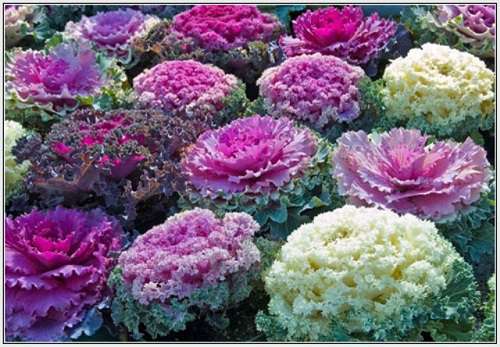

But ornamental cabbage can be left and, if the winter is mild enough, it will decorate the empty flower garden for a long time and delight us with its colors.
Or it can be dug up, transplanted into a pot and placed in the apartment on the windowsill, where it will grow for a long time.
Let's walk through the site again and check if all thermophilic perennials are covered with us.
It is also necessary to take care of the empty flower pots and flowerpots. They must be washed and dried well.
Lime deposits on clay containers can be washed very well with a brush with hot water and soap, as well as with a vinegar solution (1 teaspoon of vinegar per glass of water).
Moss and mildew are great for cleaning clean, dry sand. Then we carefully fold the cleaned flower containers in the back room until the next summer season.
My dear readers, our summer cottage season is over. Now we will have time to dream about new plants, plan everything well on our plots, adopt the successful experience of other gardeners, florists and gardeners and, of course, analyze our mistakes.
Until next time, dear friends!
Winter sowing works
The first type of garden crop that must be planted before winter is garlic. Usually, planting is carried out in early October. But in regions with unstable climatic conditions, it is quite difficult to choose the right day to start planting. After all, it is necessary that the plants, on the one hand, have time to take root, but on the other, green shoots do not go. Otherwise, the garlic will freeze, which will lead to the death of the crop.
Therefore, the guideline for choosing the landing time is the average daily temperature. If its level does not rise above +10 ° C, then it is time to start planting garlic. To do this, you can use teeth, one-teeth and bulbs. The planting depth should be three times the diameter of the planting material.
And when the soil begins to freeze, you need to carry out a little mulching. For this, peat compost or ordinary fallen leaves are used.
In the second half of October, such vegetable crops are planted as:
- Parsley.
- Swede.
- Salad.
- Radish.
- Celery.
- Dill.
- Spinach.
- Turnip.
- Onion.
As in the case of garlic, it is very important to ensure that the plants form a strong root system, but to exclude the emergence of seedlings.

